Home Remedies for Back Pain Relief
Discover effective home remedies for back pain relief. From gentle stretching routines to heat and cold therapy, find natural ways to alleviate discomfort and improve your quality of life.
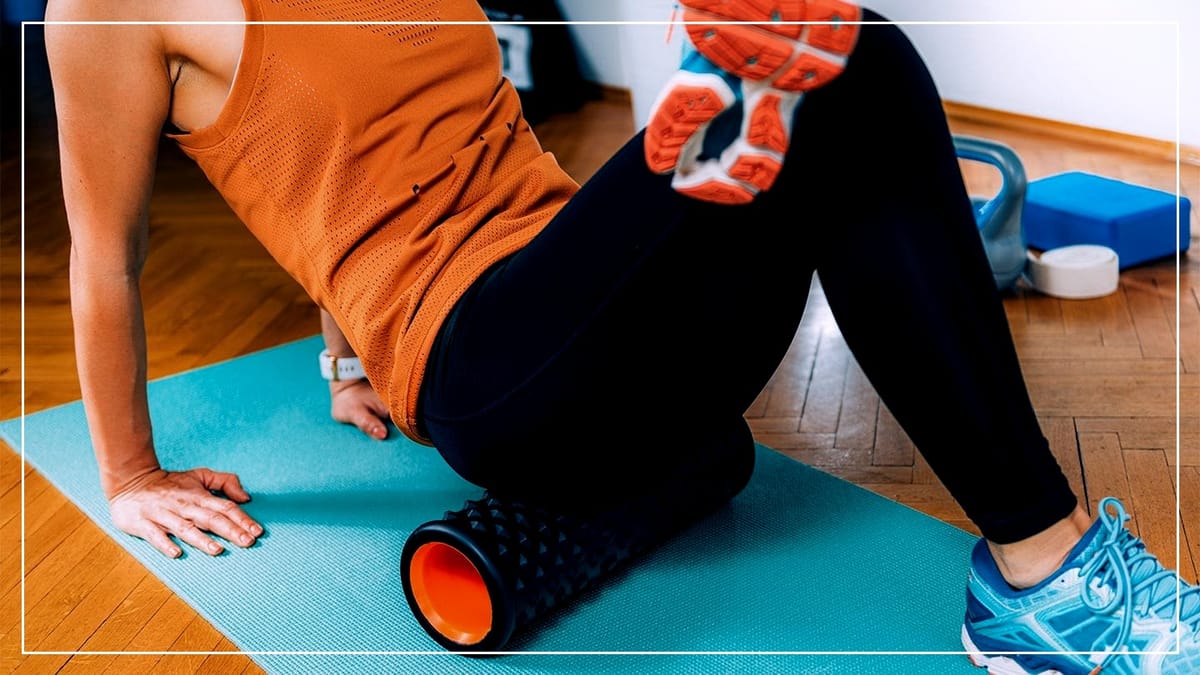
Back pain can be a debilitating condition that affects millions of people worldwide. Whether it's a result of an injury, a chronic condition, or simply the wear and tear of daily life, finding relief is often a top priority for those who suffer from it.
Fortunately, numerous home remedies can help alleviate back pain without the need for medical intervention.
Key Takeaways:
- Discover natural and effective home remedies for back pain relief.
- Learn how to apply these remedies to reduce discomfort and improve mobility.
- Understand the importance of combining different approaches for a holistic back pain management strategy.
The Power of Heat and Cold Therapy
One of the simplest home remedies for back pain relief is the application of heat or cold to the affected area. Heat therapy can help relax and loosen tissues, while cold therapy can reduce inflammation and numb sore tissues.

A heating pad or a warm bath can provide comforting heat, whereas a cold pack or a bag of frozen vegetables wrapped in a cloth can serve as an effective cold compress.
Stretching
Stretching is a fundamental and accessible approach to relieving back pain by promoting flexibility, mobility, and muscle relaxation. When performed correctly, stretching helps release tension in the muscles surrounding the spine, particularly the hamstrings, hip flexors, and lower back muscles.
Tight muscles can contribute to back pain by altering the alignment of the spine and putting added stress on the supporting structures. By incorporating gentle and targeted stretches into a daily routine, individuals can gradually increase the flexibility of these muscle groups, reducing the strain on the back and diminishing discomfort.
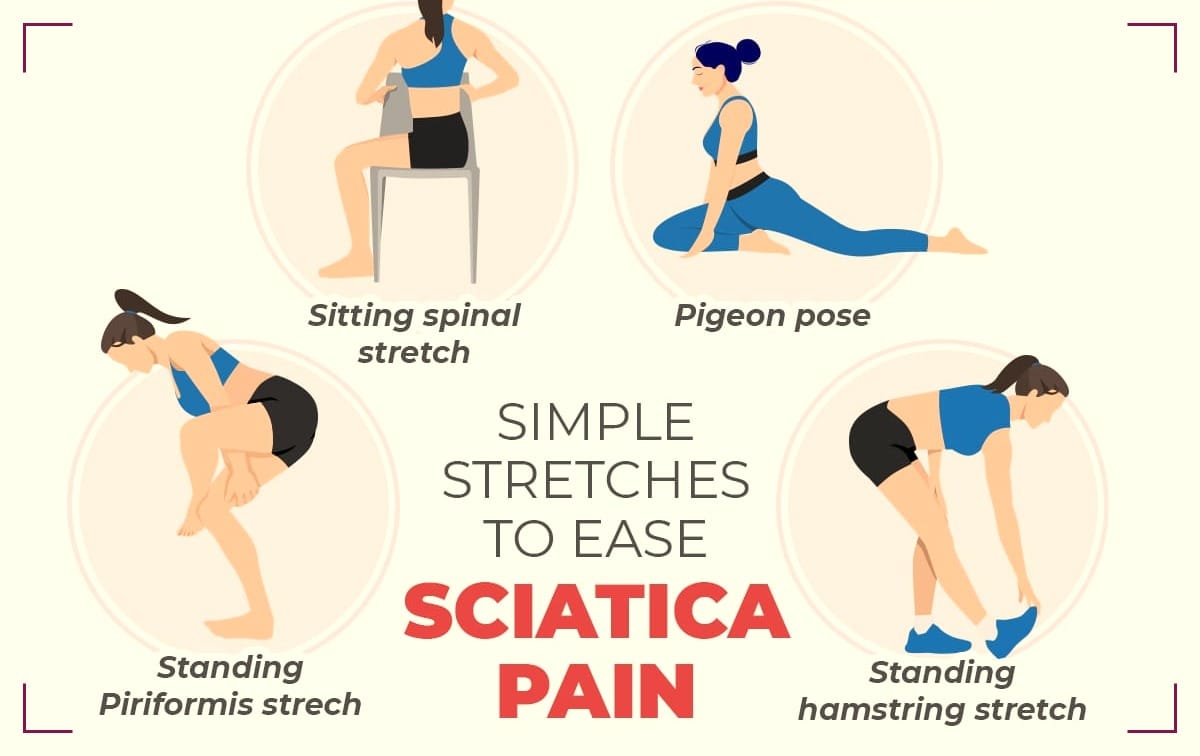
Moreover, stretching contributes to improved circulation and increased blood flow to the muscles, fostering a more efficient exchange of nutrients and oxygen. This enhanced blood flow supports the healing process and helps alleviate stiffness.
Engaging in regular stretching exercises also promotes proper posture and spinal alignment, essential factors in preventing and managing back pain. Whether through yoga, Pilates, or specific stretching routines, individuals can harness the benefits of stretching as a proactive and holistic measure for back pain relief.
Proper Posture
Maintaining proper posture is crucial in preventing and managing back pain. Slouching or hunching over can put extra pressure on the spine, leading to discomfort.
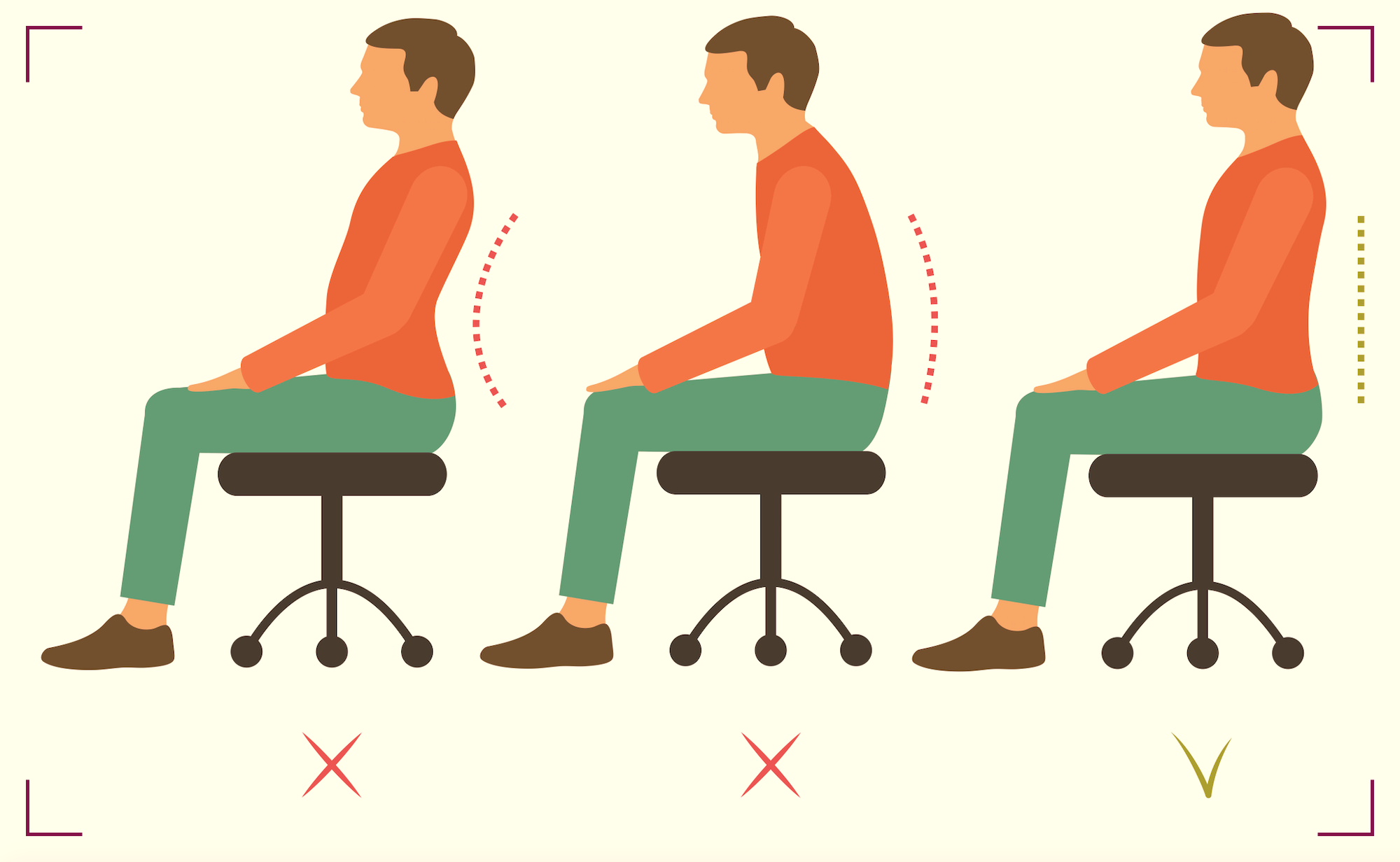
Using ergonomic furniture, keeping your feet flat on the floor, and ensuring your computer screen is at eye level can help maintain good posture throughout the day.
Regular Exercise
Regular exercise is a cornerstone in managing and preventing back pain, offering myriad benefits for both short-term relief and long-term spinal health.
Engaging in a well-rounded fitness routine that includes cardiovascular exercises, strength training, and flexibility exercises can significantly contribute to the reduction of back pain.
Cardiovascular exercises, such as walking, swimming, or cycling, promote blood circulation, which is essential for delivering nutrients to the spine and its supporting structures.
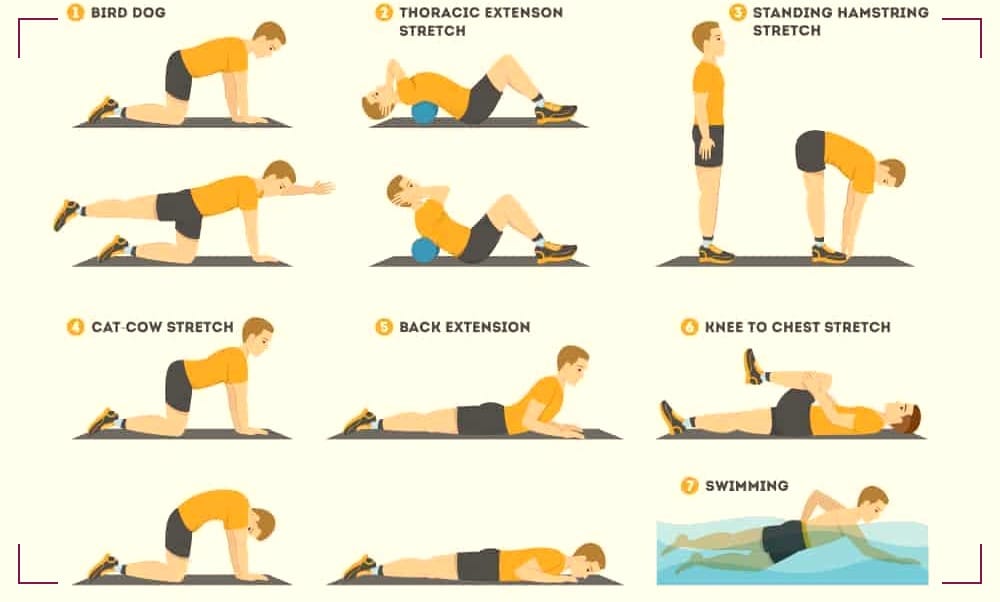
Strength training, particularly focusing on the core muscles, plays a pivotal role in providing stability and support to the spine. A strong core helps distribute the load evenly across the spine, reducing the impact on individual vertebrae and discs.
Flexibility exercises, including stretching and activities like yoga or Pilates, enhance the range of motion in the joints and muscles. Improved flexibility reduces muscle tension, allowing for better alignment of the spine and decreased pressure on the nerves.
Anti-Inflammatory Diet
An anti-inflammatory diet can play a significant role in managing back pain. Foods rich in omega-3 fatty acids, such as salmon and flaxseeds, can help reduce inflammation.
On the other hand, it's best to avoid processed foods, refined sugars, and excessive caffeine, as they can contribute to inflammation.
The Importance of Staying Hydrated
Dehydration can lead to muscle cramps and discomfort, which can exacerbate back pain.
Drinking plenty of water throughout the day can help keep your tissues hydrated and reduce the risk of cramps.
Aim for at least eight glasses of water a day, and consider adding electrolyte-rich drinks if you're engaging in strenuous activities.
Massage Therapy
Massage therapy can be a wonderful way to relieve back pain. It helps to increase blood flow, reduce muscle tension, and promote relaxation.

You can use massage oils or balms that contain natural ingredients like arnica or peppermint for added pain relief.
The Impact of Sleep on Back Pain
Getting a good night's sleep is essential for back pain recovery. Ensure your mattress and pillows provide proper support, and consider sleeping in a position that helps maintain the natural curve of your spine.
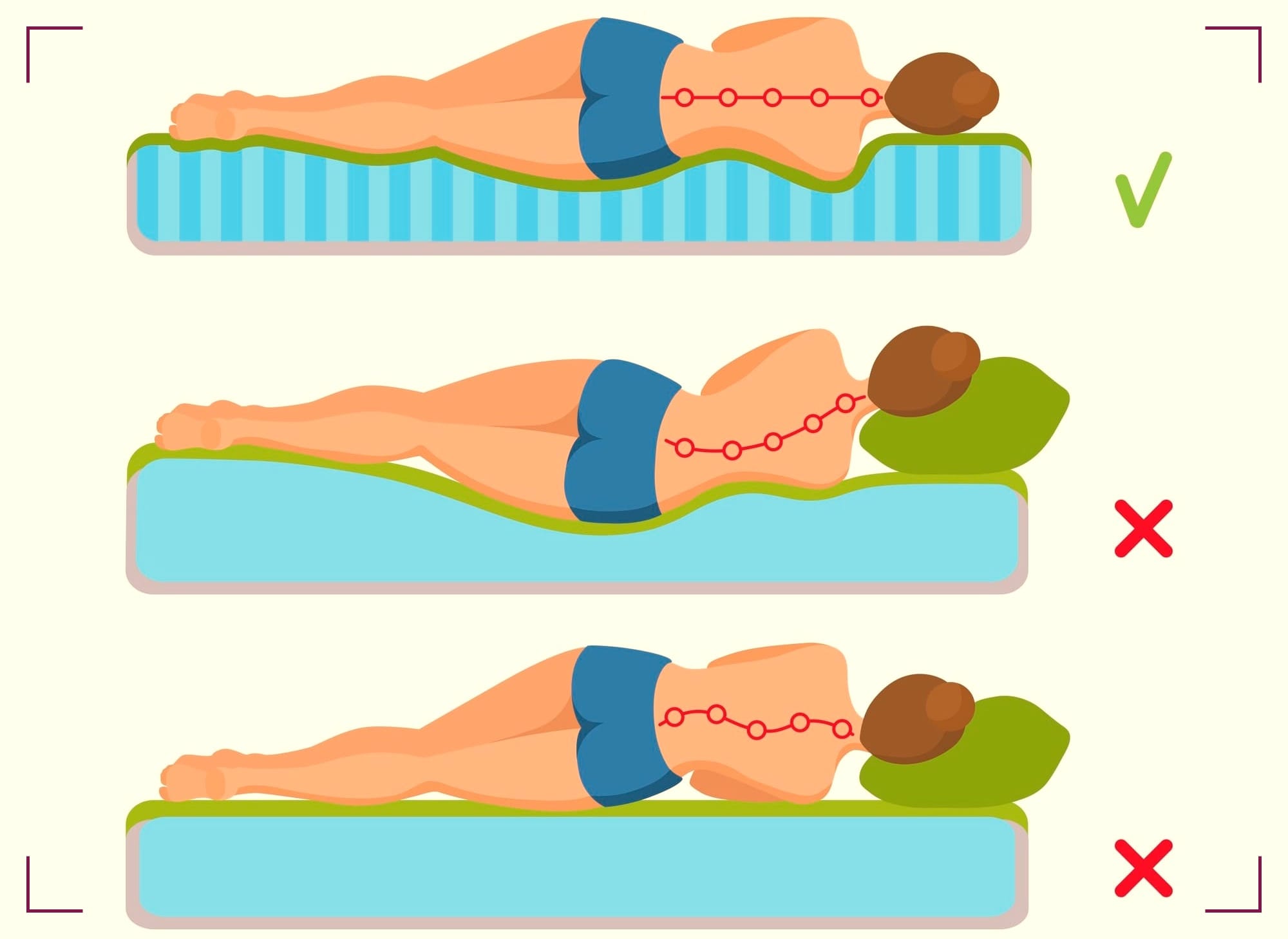
Side sleepers can place a pillow between their knees, while back sleepers can place a pillow under their knees for added support.
Summary
Back pain can be a challenging condition, but with the right home remedies, it's possible to find relief and improve your quality of life. From heat and cold therapy to proper posture and regular exercise, these strategies can help manage discomfort and prevent future episodes of back pain. Remember to listen to your body and seek professional advice if your pain worsens or doesn't improve.
FAQ Section
Q1. What are effective home remedies for relieving back pain?
Home remedies can be valuable in alleviating back pain. One effective method is applying heat or cold packs to the affected area. Heat helps relax muscles and improve blood flow, while cold packs can reduce inflammation. Alternating between heat and cold can offer a combined therapeutic effect.
Additionally, maintaining good posture is crucial for preventing and relieving back pain. Practicing proper ergonomics, using supportive chairs, and being mindful of posture during daily activities contribute to spinal health.
Engaging in low-impact exercises, such as swimming or walking, helps strengthen core muscles and provides overall back support. Finally, incorporating relaxation techniques like deep breathing or meditation can reduce stress, which is often linked to muscle tension and back discomfort.
Q2. How can stretching and exercise at home help alleviate back pain?
Stretching and exercise play a significant role in back pain relief. Gentle stretching exercises can improve flexibility and reduce muscle stiffness. Targeted stretches for the lower back, hamstrings, and hip flexors contribute to overall spinal health. Incorporating core-strengthening exercises, such as pelvic tilts or bridges, helps stabilize the spine and reduce the risk of future pain episodes.
Yoga and tai chi are low-impact exercises that promote flexibility, strength, and relaxation. These practices often include poses and movements specifically designed to enhance spinal health.
It's essential to start slowly and gradually increase intensity to avoid exacerbating existing pain. However, if back pain persists or worsens, consulting with a healthcare professional is advisable to ensure a tailored approach to individual needs.
Q3. Are there herbal remedies or natural supplements that can help with back pain?
Several herbal remedies and natural supplements have been associated with back pain relief. Turmeric, with its anti-inflammatory properties, can be taken in supplement form or added to meals. Ginger, known for its analgesic effects, can also be consumed as a tea or in supplement form.
Devil's claw, a plant native to South Africa, has been used traditionally to alleviate back pain due to its anti-inflammatory properties. Additionally, fish oil supplements, rich in omega-3 fatty acids, may help reduce inflammation and promote joint health.
While these remedies can offer relief for some individuals, it's essential to consult with a healthcare professional before incorporating them, especially if taking other medications, to ensure compatibility and safety.
